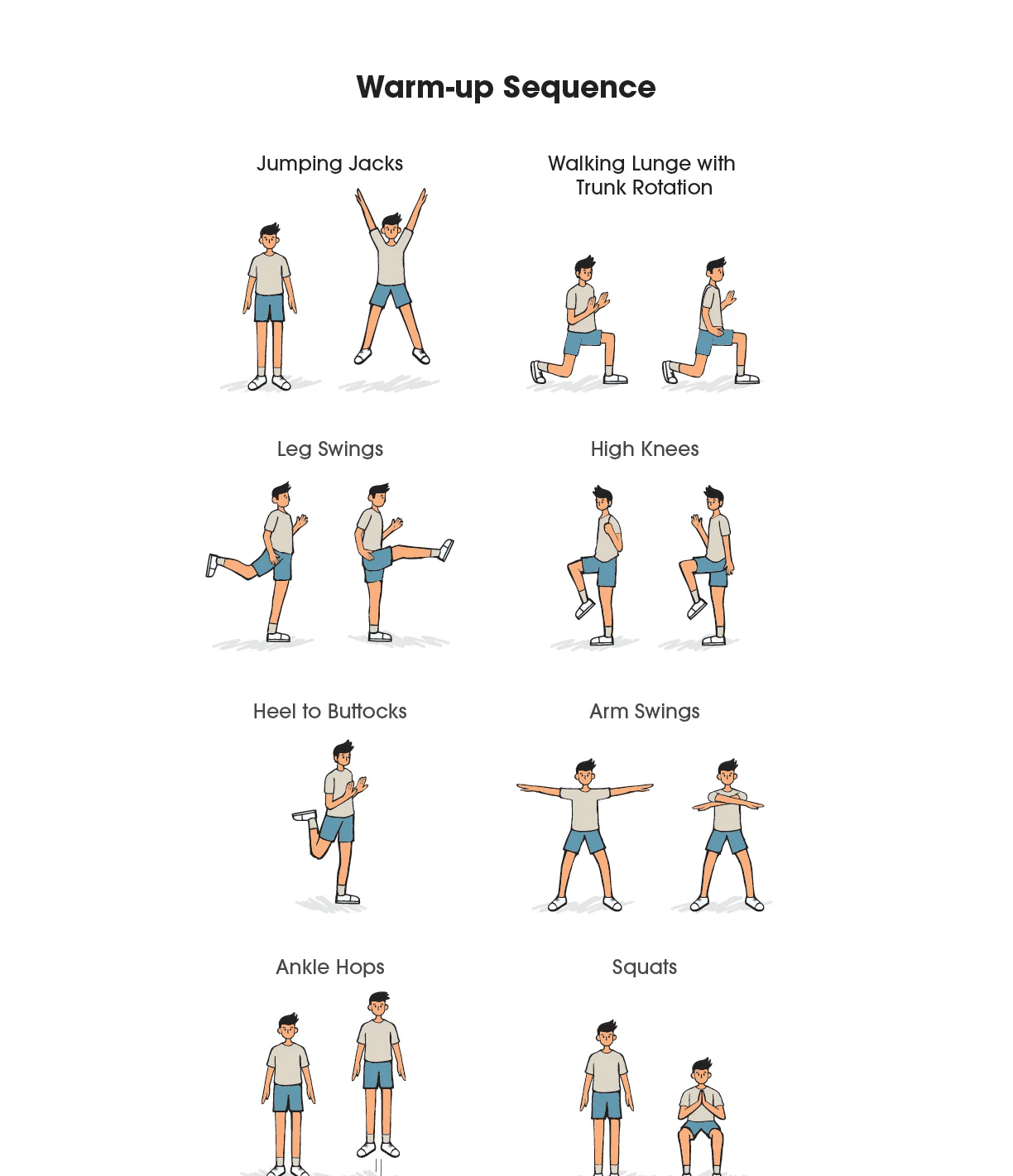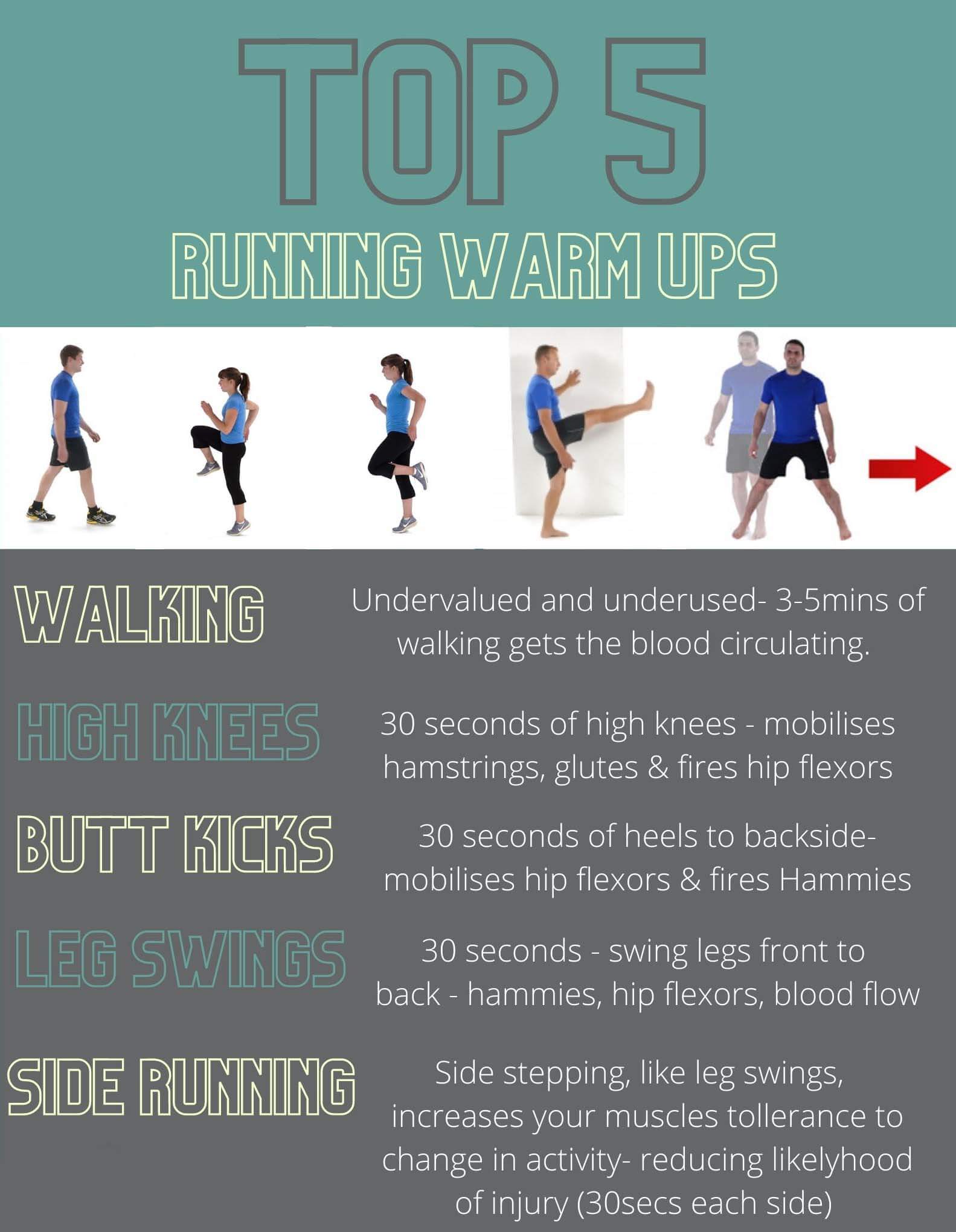
In the rush of daily life, it's tempting to jump straight into a workout or quickly finish one without the proper bookends: the warm-up and cool-down. While they might seem like optional add-ons, these phases are crucial for optimizing performance, preventing injuries, and facilitating recovery. Skipping them is like driving a car cold or slamming on the brakes after a high-speed run – neither is good for the machinery. Physiotherapists consistently advocate for their essential role in any exercise routine.
The Power of a Proper Warm-up
A warm-up is more than just a light jog. It's a gradual preparation of your body for the activity to come. A good warm-up should:
- Increase Body Temperature: This makes muscles more pliable and less prone to injury.
- Improve Blood Flow: Delivers oxygen and nutrients to working muscles.
- Enhance Joint Mobility: Lubricates joints and increases their range of motion.
- Activate Muscles: Prepares specific muscle groups for the demands of the workout.
- Prime the Nervous System: Improves communication between your brain and muscles, leading to better coordination and reaction time.
- Reduce Injury Risk: By preparing tissues for stress, it makes them more resilient.
What to do: Start with 5-10 minutes of light cardio (e.g., brisk walking, light jogging) followed by dynamic stretches (e.g., leg swings, arm circles, torso twists) that mimic the movements of your main workout.

The Benefits of a Dedicated Cool-down
Just as important as preparing your body for exercise is bringing it back to a resting state gradually. A cool-down should:
- Gradually Lower Heart Rate and Breathing: Prevents sudden drops in blood pressure and dizziness.
- Flush Out Lactic Acid: Helps to prevent muscle soreness (DOMS - Delayed Onset Muscle Soreness).
- Improve Flexibility: Static stretches performed when muscles are warm are most effective for increasing range of motion.
- Aid Muscle Recovery: Promotes blood flow and nutrient delivery to muscles, assisting in repair.
- Promote Relaxation: Helps the body transition from a high-stress state back to calm.
What to do: Spend 5-10 minutes on light cardio, gradually decreasing intensity. Follow this with 5-10 minutes of static stretching, holding each stretch for 20-30 seconds, focusing on the muscles you worked. Do not bounce during static stretches.
Incorporating Warm-ups and Cool-downs into Your Routine
Make them non-negotiable parts of your workout. Even on busy days, a shortened warm-up and cool-down are better than none. If you're unsure about the best warm-up and cool-down for your specific activity or if you have any existing injuries, consult a physiotherapist. They can provide personalized guidance to ensure your routines are safe and effective.
At Arogya Physiotherapy, we emphasize the importance of holistic exercise practices. By consistently incorporating proper warm-ups and cool-downs, you'll not only enhance your performance and recovery but also significantly reduce your risk of injury, allowing you to stay active and healthy for the long term.